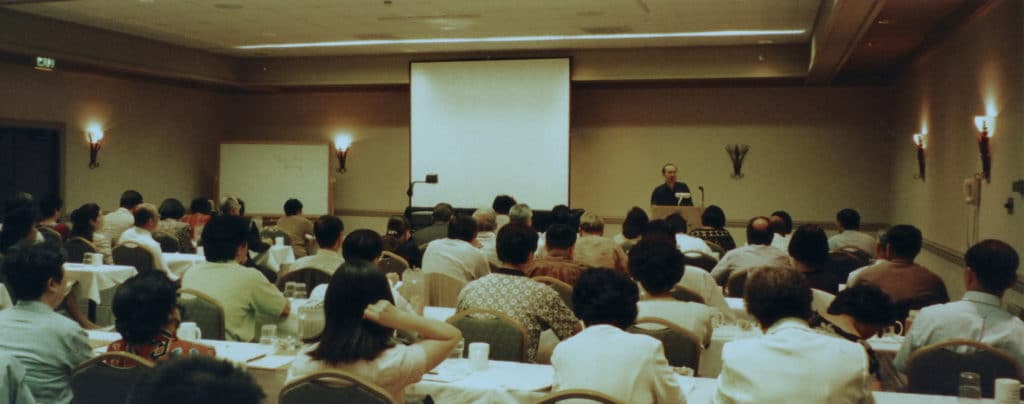Medical Education in China
By Bindi Zhu, M.D. (China) Ph.D. (Traditional Chinese Medicine)

Traditional Chinese medicine developed 5,000 years ago during China’s golden age, an era of unprecedented cultural prosperity. This sophisticated culture pioneered the discovery and orderly use of medicinal plants and invented a unique therapeutic modality called acupuncture, now widely practiced around the world.
The system of medical education in China differs from that in the United States. Two routes of study exist to become a medical doctor. Upon taking national examinations, high school students with the appropriate qualification can elect to go to either medical school or traditional Chinese medical school. These two choices are both on equal footing.
The main difference between the two consists of the amount of education received covering traditional Chinese medicine. Conventional medical students only learn a little bit about traditional medicine, while traditional students must learn the full scope of conventional and traditional medical education.
The medical degree requires five years of intensive study. The Masters of Science in Oriental Medicine degree required three more years of study. Finally, a few select students qualify for the Ph.D. program, which they complete in three years and are then designated as professors. They are trained in both western medicine and traditional Chinese medicine.
Most recently the prestigious Nobel Prize in Physiology or Medicine 2015 for studies of traditional herbal medicines was awarded to Youyou Tu, a Chinese scientist who “managed to extract a substance, artemisinin, which inhibits the malaria parasite.”2 Has led to “a novel therapy against malaria.”1 “Drugs based on artemisinin have led to the survival and improved health of millions of people.”2

